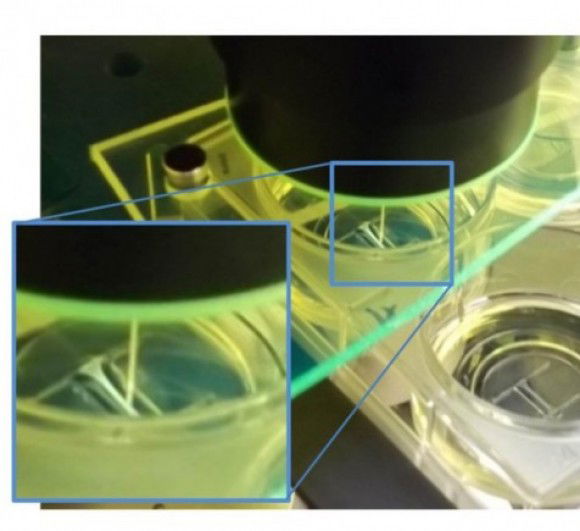Health
New 3D device mimics heart's biomechanical properties

New York, Feb 27: Scientists have created a three-dimensional (3D) organ-on-a-chip that can mimic the heart's amazing biomechanical properties.
The new I-Wire device, which represents about two millionths of a human heart, controls the mechanical force applied to cardiac cells.
The device consists of a thin thread of human cardiac cells 0.014 inches thick about the size of 20-pound monofilament fishing line stretched between two perpendicular wire anchors.
"We created the I-Wire Heart-on-a-Chip so that we can understand why cardiac cells behave the way they do by asking the cells questions, instead of just watching them," said John Wikswo, Professor at Vanderbilt University in Tennessee, US.
The I-Wire system can be used to characterise how cardiac cells respond to electrical stimulation and mechanical loads and can be implemented at low cost, small size and low fluid volumes, which make it suitable for screening drugs and toxins.
"Currently, we don't have many models for studying how the heart responds to stress. Without them, it is very difficult to develop new drugs that specifically address what goes wrong in these conditions," explained Charles Hong, Associate Professor at Vanderbilt University.
"This provides us with a really amazing model for studying how hearts fail," Hong added, in an article published in the journal Acta Biomaterialia.
Unlike other heart-on-a-chip designs, I-Wire allows the researchers to grow cardiac cells under controlled, time-varying tension similar to what they experience in living hearts.
As a consequence, the heart cells in the fiber align themselves in alternating dark and light bands, called sarcomeres, which are characteristic of human muscle tissue. The cardiac cells in most other heart-on-a-chip designs do not exhibit this natural organisation, the researchers said.



































